
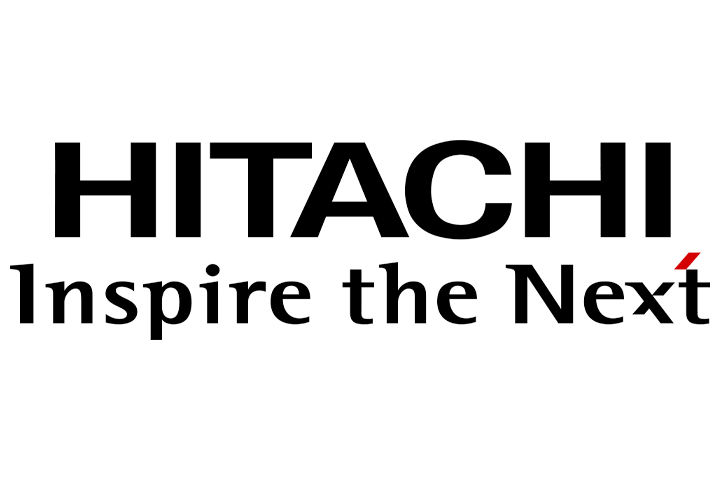
HAADF-STEM image 0.136 nm, FFT image 0.105 nm (HR lens*)
BF STEM image 0.204 nm (w/o Cs-corrector)
Timely and rapid elemental mapping
Low-concentration element detection
Equipped with a probe-forming spherical aberration corrector developed by Hitachi, the automatic aberration-correction process takes a short time and does not require prior experience for aberration correction.
Holder compatible with Hitachi FIB
| Items | Description | ||
|---|---|---|---|
| w/o Cs-corrector | w/ Cs-corrector | ||
| Image resolution | 0.204 nm guaranteed (at a magnification of ×4,000,000) |
0.136 nm guaranteed (HAADF-STEM image) 0.105 nm guaranteed (FFT)(at a magnification of ×7,000,000)(HR lens) |
|
| Magnification | ×100 – ×10,000,000 | ||
| Accelerating voltage | 200 kV, 120 kV *, 80 kV* | ||
| Imaging signal | Bright field STEM: Phase contrast image (TE image) Dark field STEM: Z-contrast image (ZC image) Secondary electron image (SE image) Electron diffraction* Characteristic X-ray analysis and mapping(EDX)* EELS analysis and mapping(EV3000)* |
||
| Electron optics | Electron source | Schottky emitter (w/o Cs-corrector) | |
| Cold field emitter (w/Cs-Correcter,w/o Cs-corrector) | |||
| Illumination lens system | 2-stage condenser lens | ||
| Cs-corrector* | Mullipole transfer lens design | ||
| Scanning coil | 2-stage electromagnetic coil | ||
| ZC collection angle control | Projector lens design | ||
| Electromagnetic image shift | ±1 µm | ||
| Specimen stage | Specimen movement | X/Y = ±1 mm, Z= ±0.4 mm | |
| Specimen tilt | Single-tilt holder: ±30° (Std. lens), ±18° (HR lens) | ||
The Hitachi HD-series dedicated STEM is equipped with a secondary electron (SE) detector as standard configuration; this enables imaging the specimen surface directly in addition to obtaining interior structural information of specimen via the transmitted electron beam. SE imaging offers fine dimension measurements of thicker samples not compatible with STEM.
Spherical aberration correction pushes the SEM resolution to an unprecedented, true atomic level.
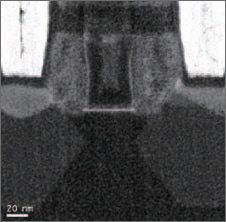
LSI device cross-sectional SEM image
(Vacc.:200 kV, Specimen thickness: 1 µm)
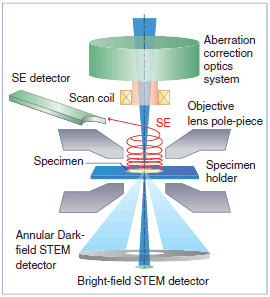
The principle of SE detection
A large solid-angle SDD (100 mm2) provides greatly enhanced EDS analytical sensitivity compared with previous models, as well as higher throughput of elemental analysis in a shorter data-acquisition time.
Semiconductor MOS transister EDS mapping Instrument: HD-2700B(non Cs-corrected), Acquisition time:10sec./frame, Playback speed:5×
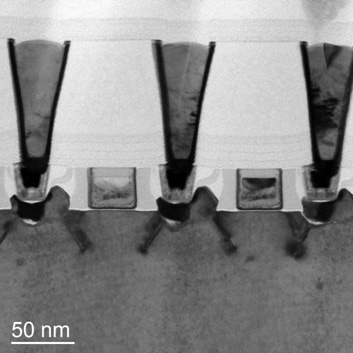
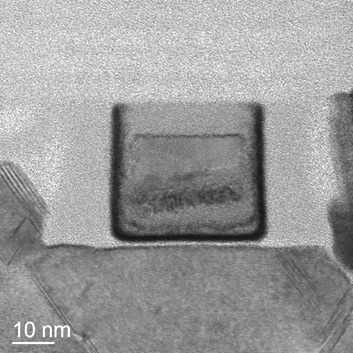
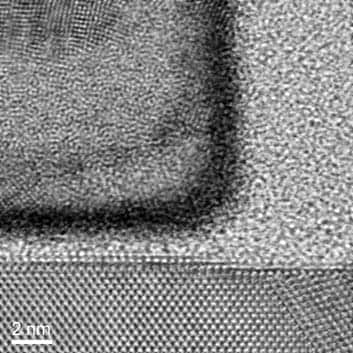
HD-2700 with aberration corrector
Acceleration Voltage : 200 kV
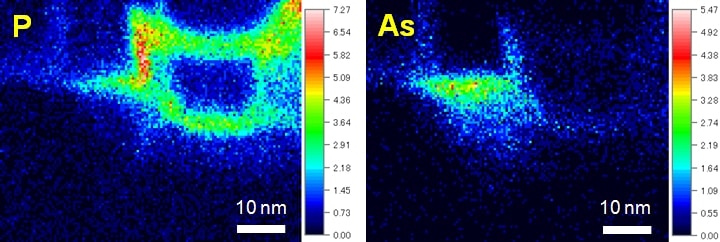
Instruments: HD-2700,
Accelerating Voltage: 200 kV,
Pixel Size : 128 x 100 pixels,
Acquisition time : 30 min.
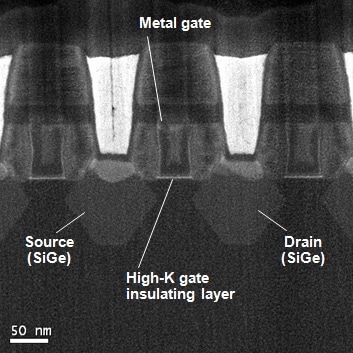
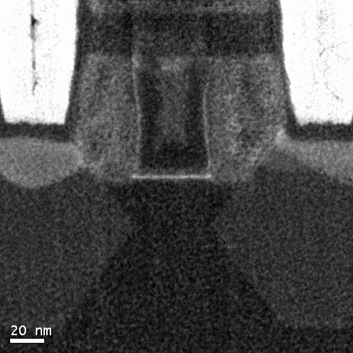
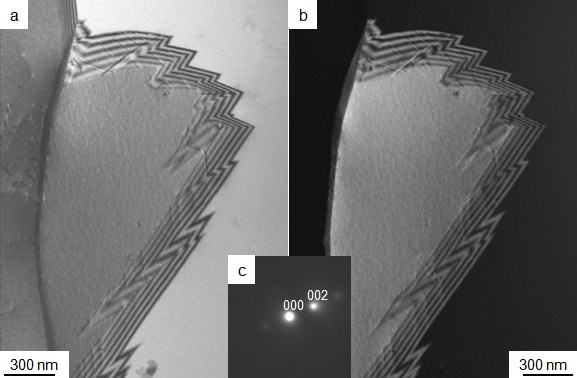
SD-STEM: Selected Diffraction STEM
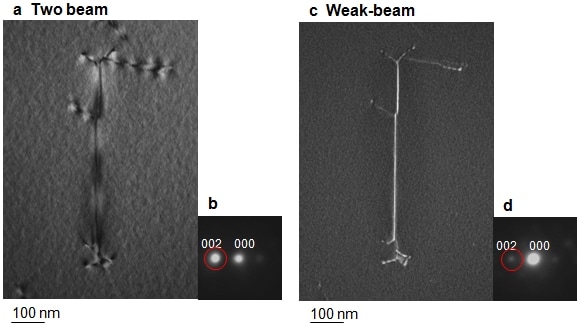
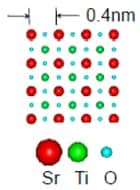
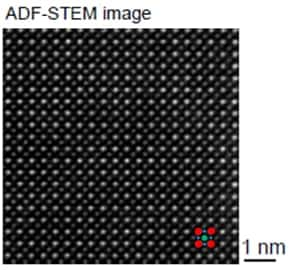
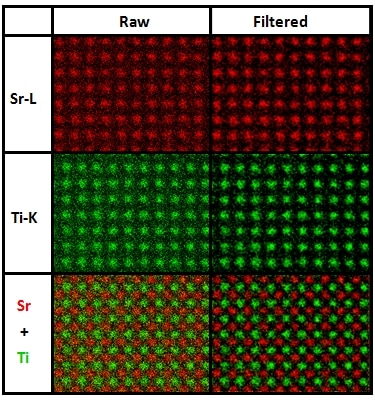
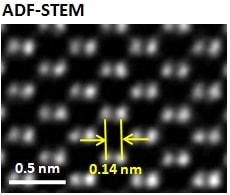
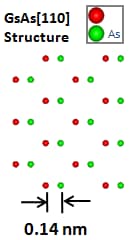



The U6000AT + adds a Membrane Desolvator module to the standard U5000AT + Ultrasonic Nebulizer for improved reduction of solvent-based interferences, particularly for volatile organic solvents (both polar and non-polar types).

The Pinnacle 250 offers the highest accuracy and fastest speeds of the VIEW line. Its high performance and compact footprint make it VIEW’s most popular model.

The XM60 / XM60-HR moisture analyzer is the low-volume instrument for customers with low sample volumes and quantities.

ARC-lite is the only system to offer fast, reliable, room temperature Anti Reflective Coating on package and wafer level devices. ARC-lite is used as a free-standing unit for AR coating polished backside surfaces. The sample produced are optimized and require no baking.

The VIDA Density Meter is a simple solution for measuring density in refining and petrochemical applications. VIDA comes in two models…
You may contact our specialists by accomplishing form below.
You may contact our specialists by accomplishing form below.